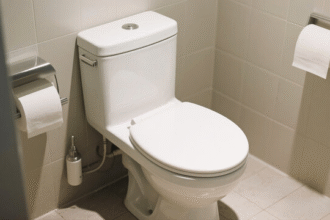Understanding Varicose Veins: Causes, Risks, and Contributing Factors
Varicose veins in the lower limbs are a common circulatory disorder characterized by dilated, tortuous, and weakened vein walls. This condition leads to blood reflux and stagnation within the veins, resulting in varicose veins. It is most commonly observed in the calves and ankles.
Pathophysiology of Varicose Veins
The development of varicose veins involves several pathological changes:
- Venous Valve Dysfunction: Malfunctioning valves impede blood flow, causing blood to pool and increasing venous pressure.
- Venous Wall Weakness: Weak vein walls contribute to vasodilation and twisting of the veins.
- Inflammation and Skin Changes: Chronic venous insufficiency can lead to inflammation, skin discoloration, and even ulcers in severe cases.
Incidence and Prevalence
Varicose veins are a widespread condition, with prevalence increasing with age:
- Gender Differences: Women are more commonly affected than men, with a prevalence of 20%-25% among adult women compared to 10%-15% in men.
- Age Factor: The likelihood of developing varicose veins increases with advancing age.
Causes of Varicose Veins
The primary causes and contributing factors include:
- Venous Valve Dysfunction:
- Impedes blood flow and increases venous pressure.
-
Leads to dilation and twisting of the vessel walls.
-
Weak Venous Walls:
-
Structural weakness in the vein walls contributes to varicosity.
-
Genetic Factors:
-
A family history of varicose veins increases susceptibility.
-
Lifestyle Factors:
- Prolonged Standing or Sitting: Occupations requiring long periods of immobility can exacerbate venous pressure.
-
Obesity: Excess weight places additional strain on the venous system.
-
Hormonal Influences:
-
Elevated levels of female hormones, such as during pregnancy, can weaken vein walls and valves.
-
Thrombosis:
- Previous blood clots can damage venous valves and obstruct blood flow.
Risk Factors
Several factors increase the risk of developing varicose veins:
- Pregnancy: Increased blood volume and hormonal changes during pregnancy can contribute to varicose veins.
- Age: Aging leads to wear and tear on venous valves.
- Obesity: Excess weight increases venous pressure.
- Sedentary Lifestyle: Lack of physical activity can impair circulation.
By understanding the causes and risk factors of varicose veins, individuals can take proactive steps to manage their circulatory health and reduce the likelihood of developing this condition.







